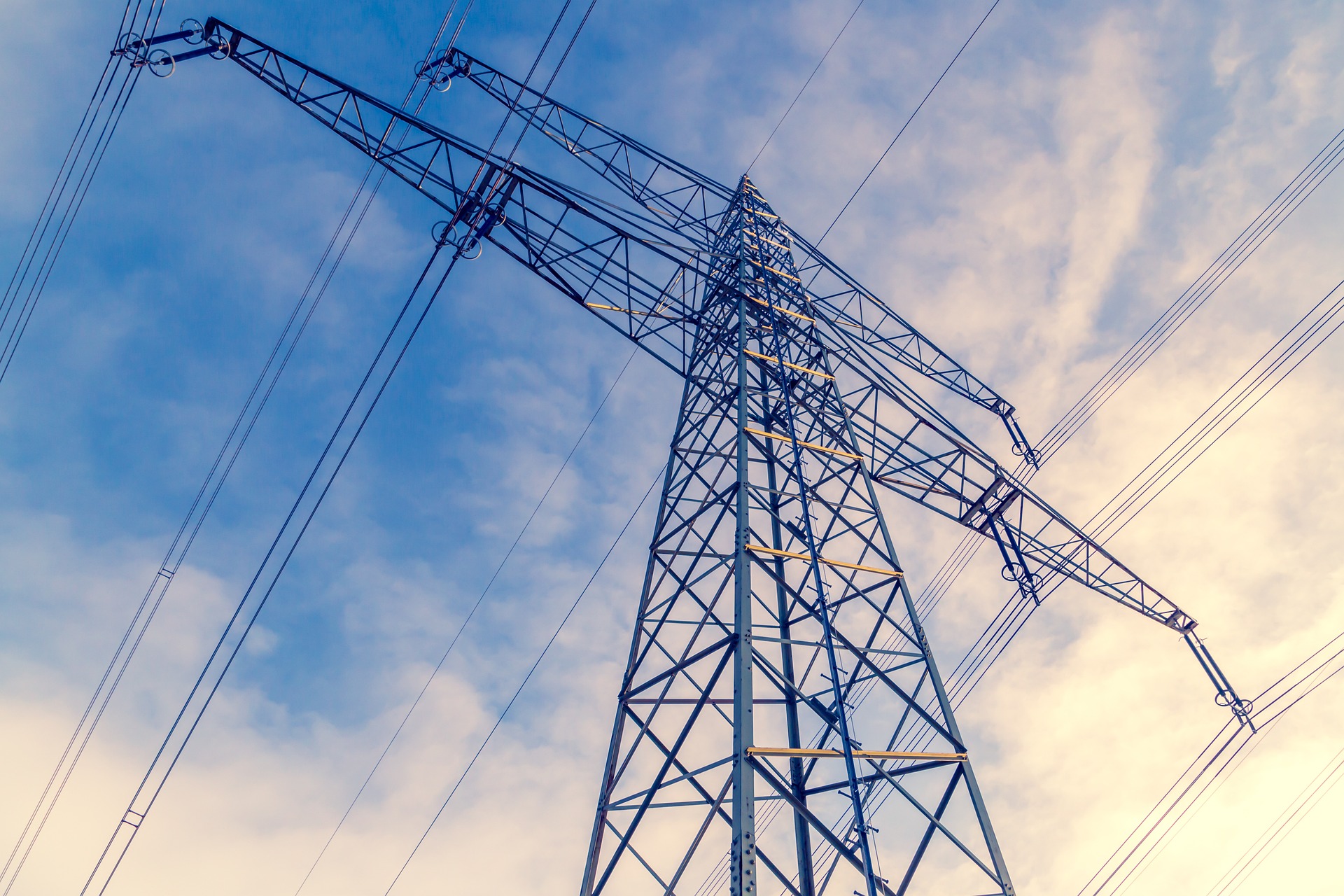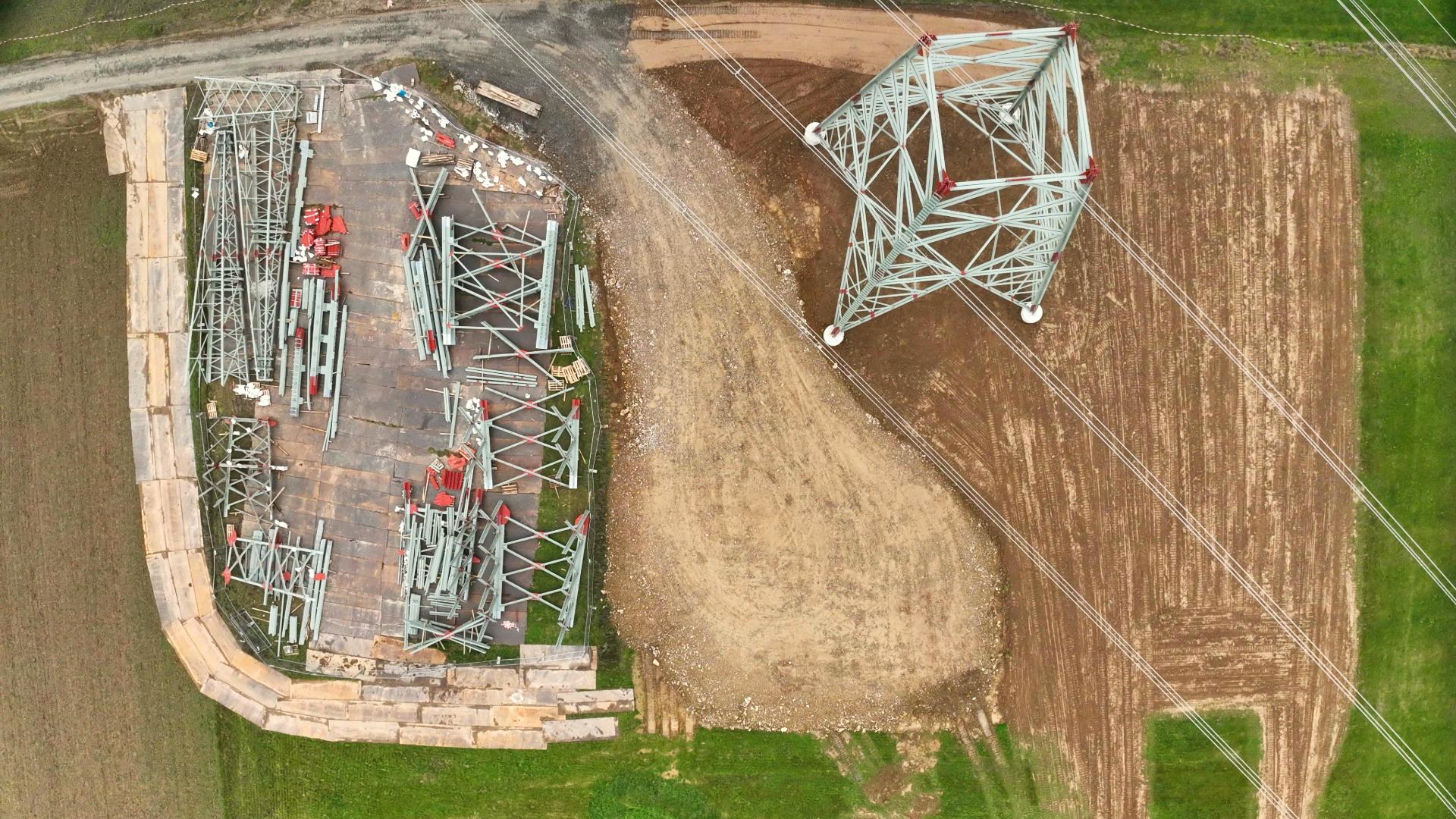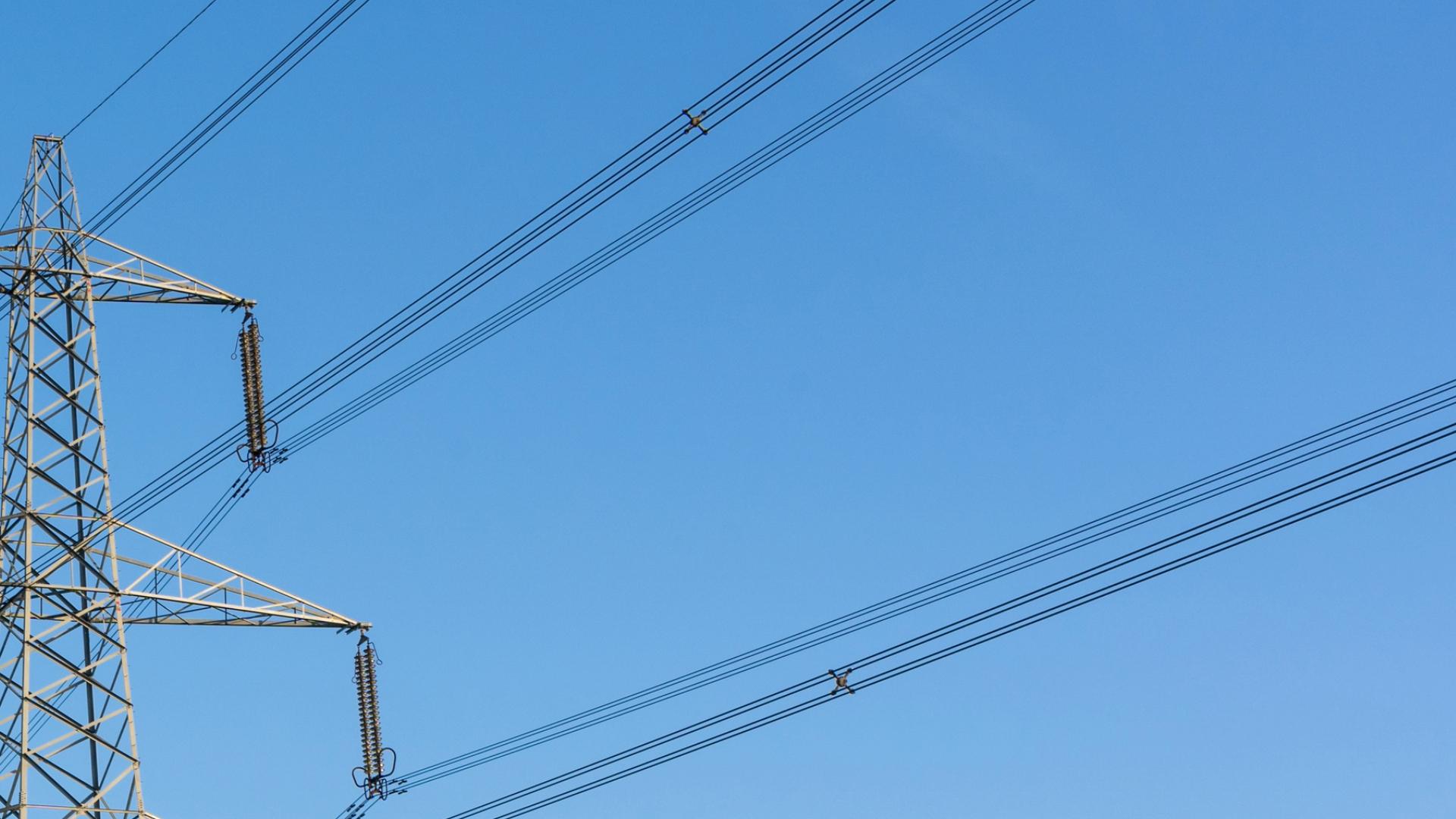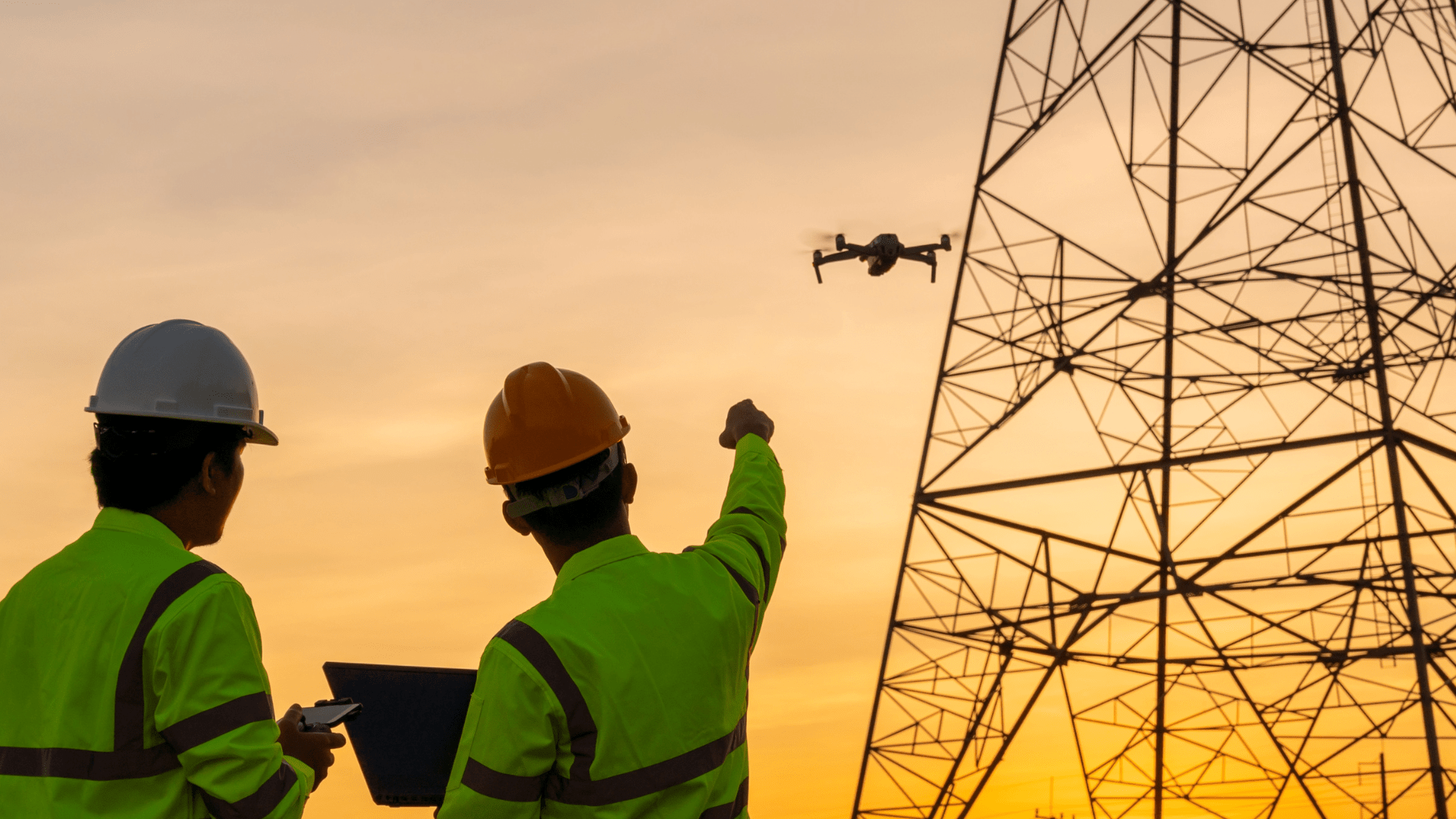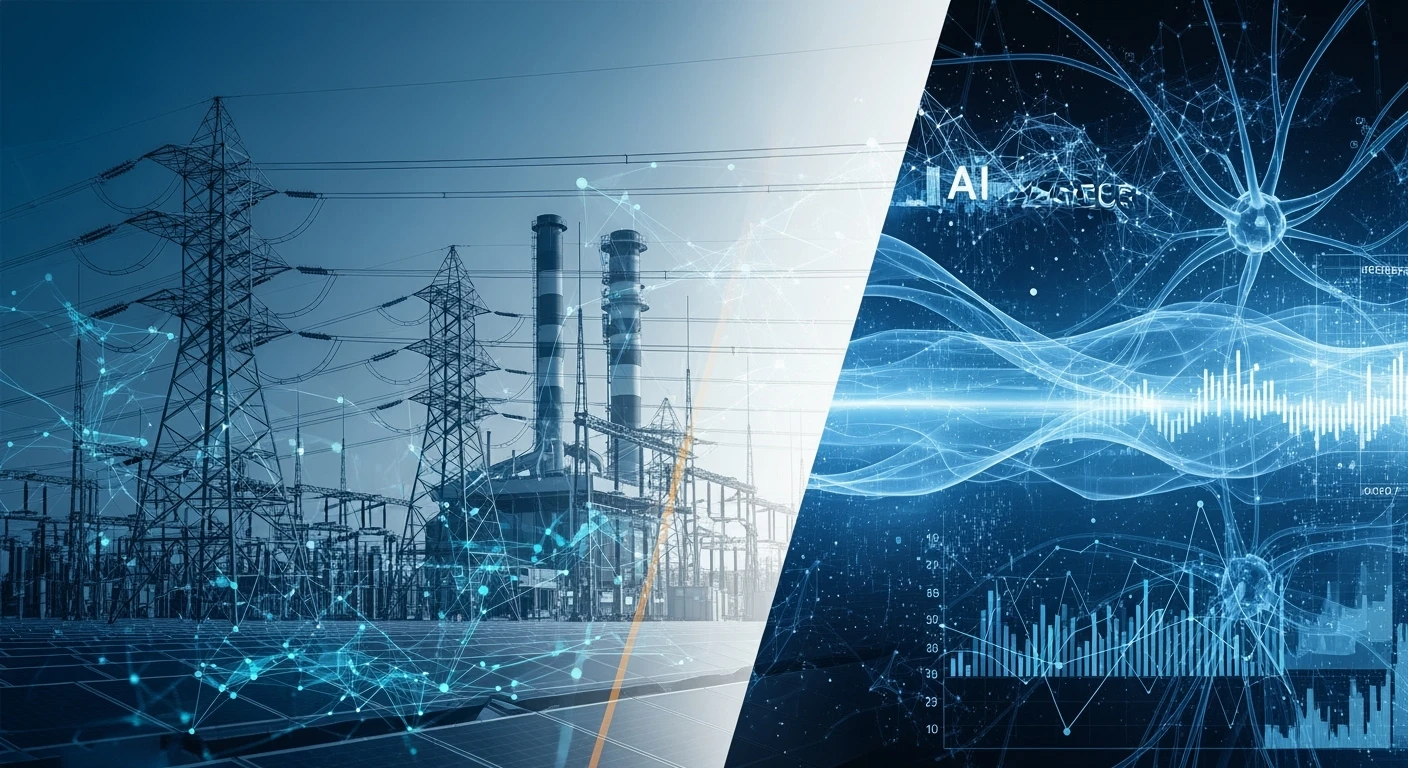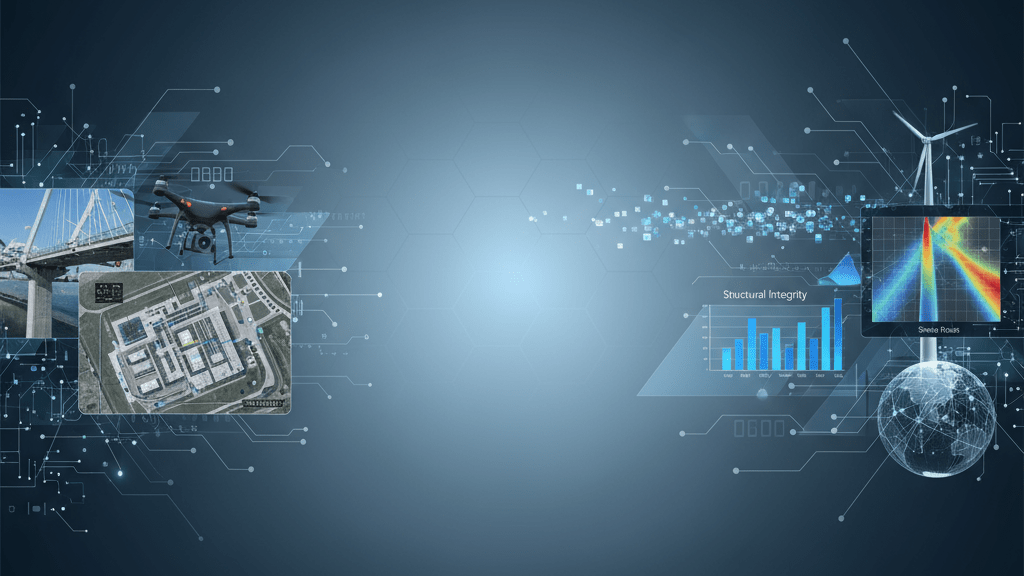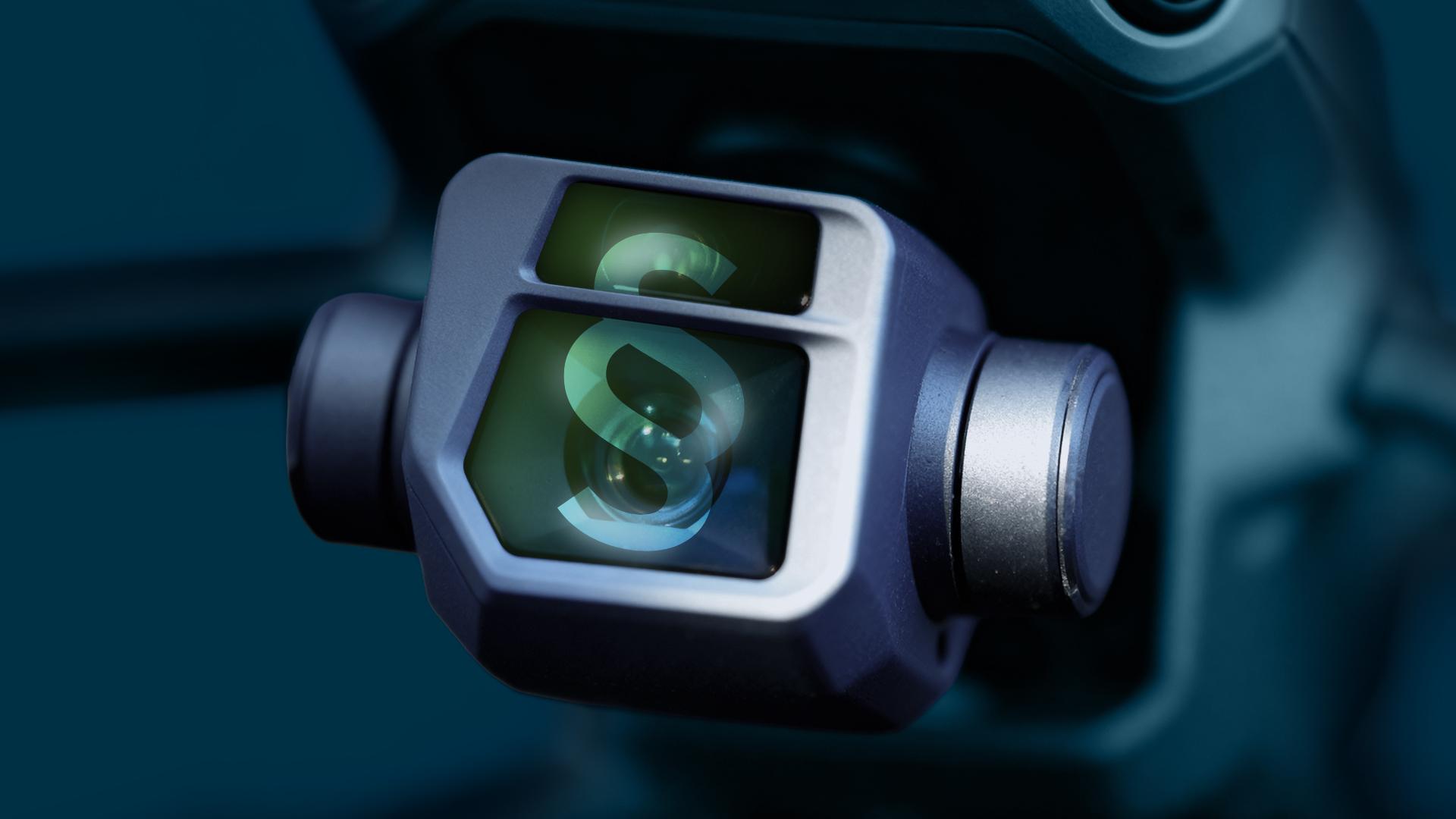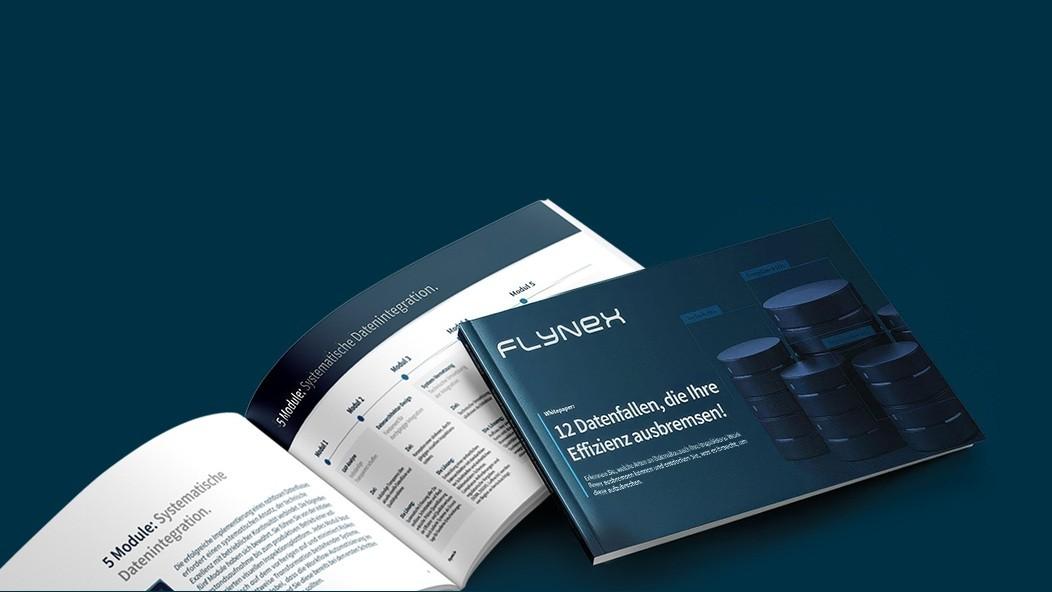Die Energiewende meistern – das bedeutet den Abschied von der Energiegewinnung durch fossile Brennstoffe und den vollständigen Umstieg auf Strom aus erneuerbaren Energiequellen. Was in der Theorie so einfach klingt, stellt Übertragungsnetzbetreiber wie 50Hertz in der Praxis vor einige Herausforderungen: So muss in den kommenden Jahren das Übertragungsnetz weiter ausgebaut werden. Einerseits um zu vermeiden, dass Strom aus Wind- und Solarenergie die Netzkapazitäten übersteigt. Andererseits um den Stromtransport über weite Strecken hin zu den Verbrauchsschwerpunkten gewährleisten zu können. Gleichzeitig darf der steigende Bedarf nach Wartung und Instandsetzung bestehender Infrastruktur nicht vernachlässigt werden. Doch wie lässt sich dem wachsenden Aufwand für Netzinspektionen möglichst effizient und zukunftsweisend nachkommen?
Mast- und Leitungsinspektion per Drohne
Eine Möglichkeit hierfür bietet die Digitalisierung von Prozessen zur Mast- und Leitungsinspektionen mithilfe von Drohnen. Der Einsatz von Drohnen ermöglicht eine frühzeitige Detektion von Defekten – und das deutlich ressourcenschonender als mit herkömmlichen Verfahren. Dabei können Drohnen qualitativ hochwertiges Datenmaterial innerhalb kürzester Zeit generieren. Auf diese Weise lässt sich die Inspektionskapazität erheblich steigern. Während Kletterer rund 30 Minuten zur Inspektion von Freileitungen und Strommasten benötigen, können Drohnen die gewünschten Daten innerhalb von neun Minuten generieren. Abschließend eignen sich die gewonnenen Bilddaten für die automatisierte Auswertung, beispielsweise per Künstlicher Intelligenz, sodass selbst kleinste Schäden zuverlässig erkannt werden können.
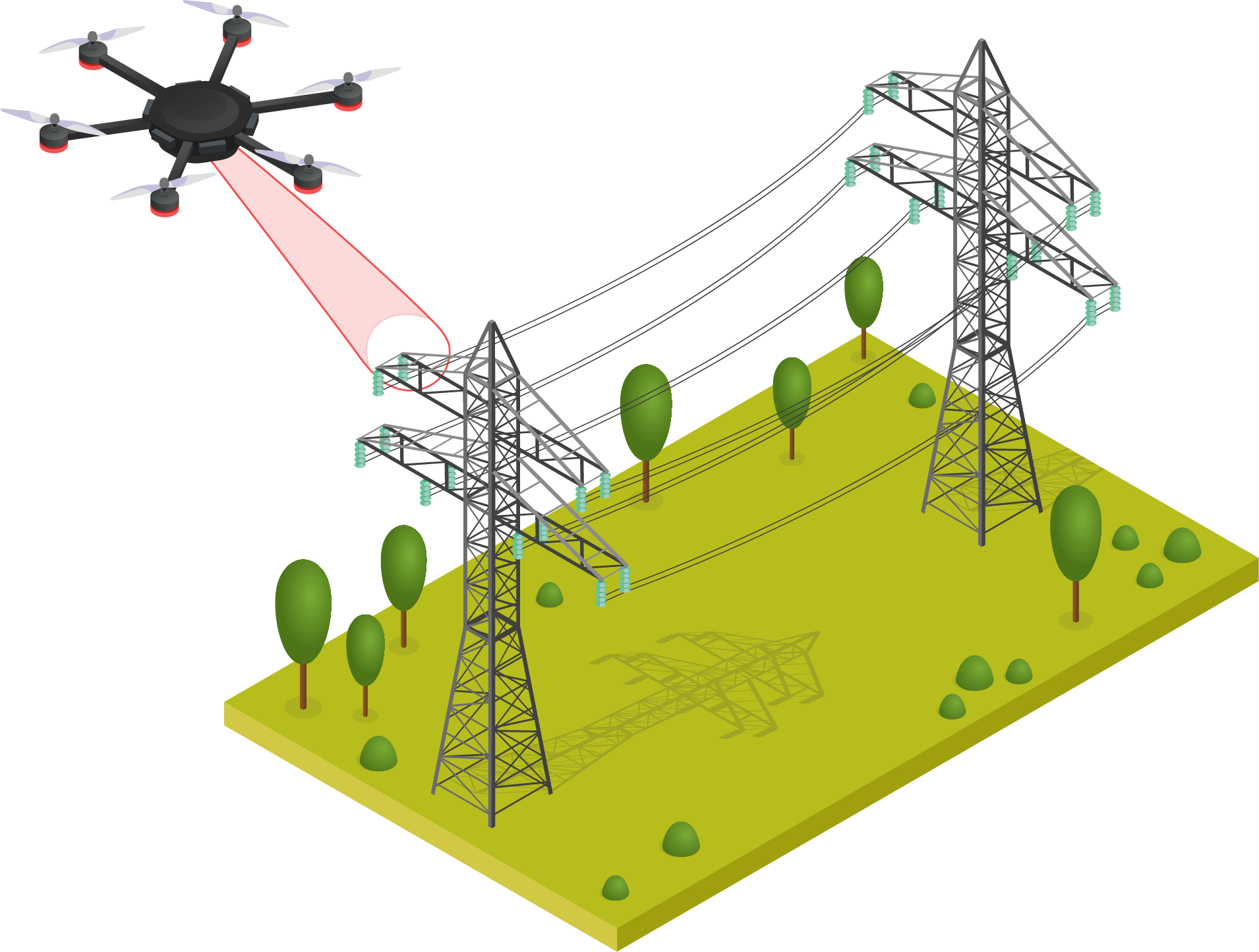
Automatisierte Befliegung von Hochspannungsmasten
FlyNex unterstützt bei der Digitalisierung von Prozessen, um Drohnen im Regelbetrieb für Inspektionen einzusetzen. Anhand der FlyNex All-in-One Plattform kann der komplette Workflow des industriellen Drohneneinsatzes abgebildet werden: von der Planung über die Befliegung bis zur anschließenden Analyse. Auch die Planung komplexer Flugmuster, die beispielsweise für die vollständige Erfassung von Hochspannungsmasten nötig sind, können dabei mithilfe des integrierten Missionsplaners Drone Harmony erfolgen. Dadurch können Daten in gleichbleibend hoher Qualität gesammelt und Flüge beliebig oft automatisiert wiederholt werden. So lässt sich das generierte Datenmaterial unter anderem für die Erstellung von Orthofotos, die Schadenserkennung per KI und die digitale Vermessung von Flurschäden verwenden. Die Erkenntnisse hieraus können einfach mit dem gesamten Team geteilt werden.

Eigene Berechnung von FlyNex
Nachhaltige Netzinspektion per Drohne bei 50hertz
Auch der Übertragungsnetzbetreiber 50Hertz legt bei Wartung und Instandhaltung seiner Netze Wert auf Nachhaltigkeit. Aus diesem Grund führt das Unternehmen in Zusammenarbeit mit FlyNex unter anderem Netzinspektionen per Drohne durch. Die elektrisch betriebenen Fluggeräte bieten eine effiziente und schnelle Alternative zu Helikoptern. Im Falle von 50Hertz können sie zum Beispiel dazu genutzt werden, Schäden an Freileitungen und Masten frühzeitig zu erkennen oder Korrosionsschutzarbeiten an Masten nachzukontrollieren.
„Der Einsatz von Drohnen eröffnet 50Hertz große Chancen im Hinblick auf Nachhaltigkeit, Arbeitsschutz und Effizienz. Drohnen können uns zum Beispiel dabei unterstützen, Schäden an Freileitungen früher aufzuspüren oder bei der Wartung unserer Masten helfen. So werden auch Hubschraubereinsätze über unser mehr als 10.000 km langes Netz seltener nötig. Das spart Ressourcen.“
Haben Sie Fragen zum Thema Netzinspektion per Drohne oder möchten Sie zu Ihrem industriellen Anwendungsfall individuell beraten werden?
Kontaktieren Sie uns gerne, wir freuen uns über den Austausch.
Wir wünschen weiterhin sichere Flüge.
Ihr FlyNex Team

